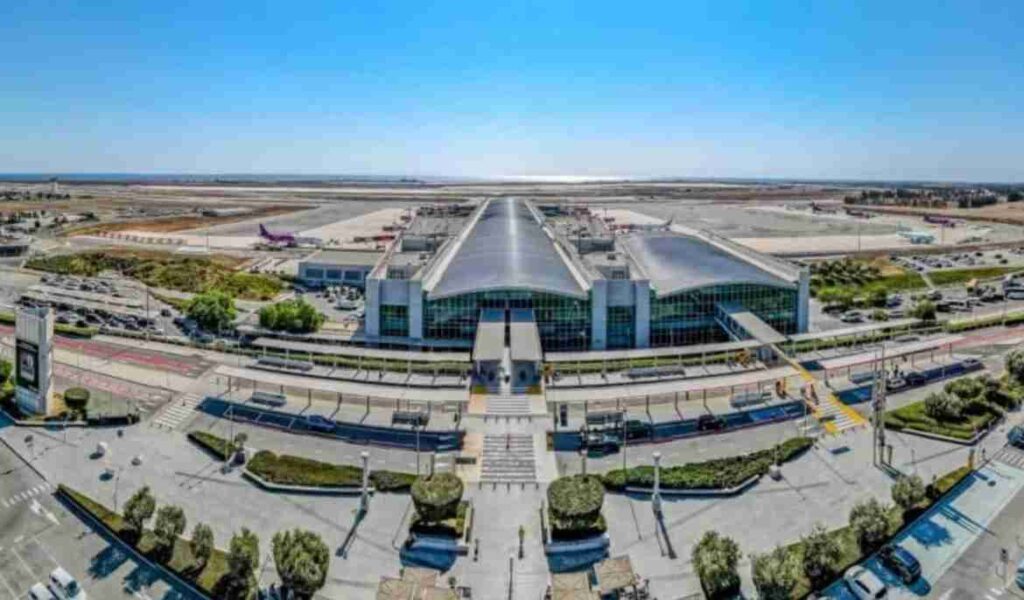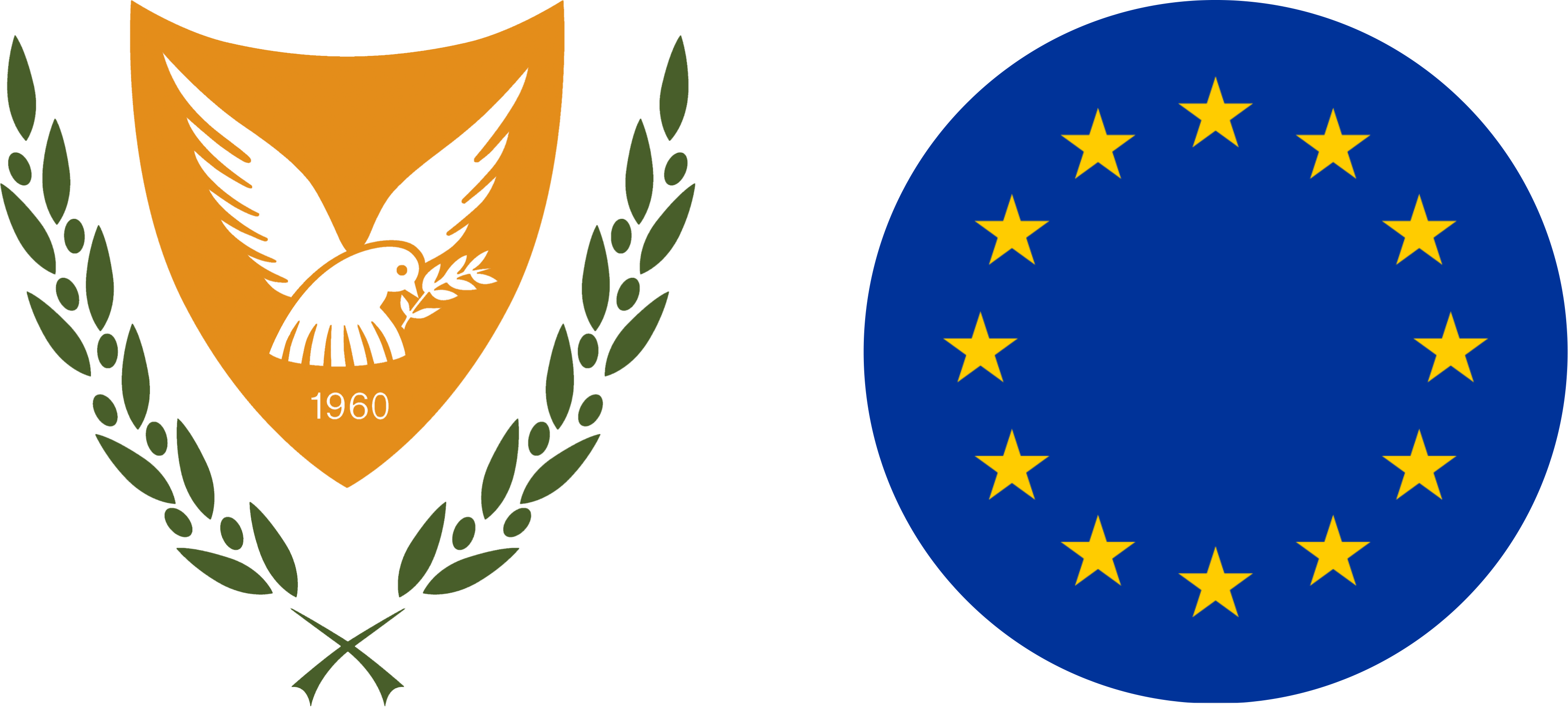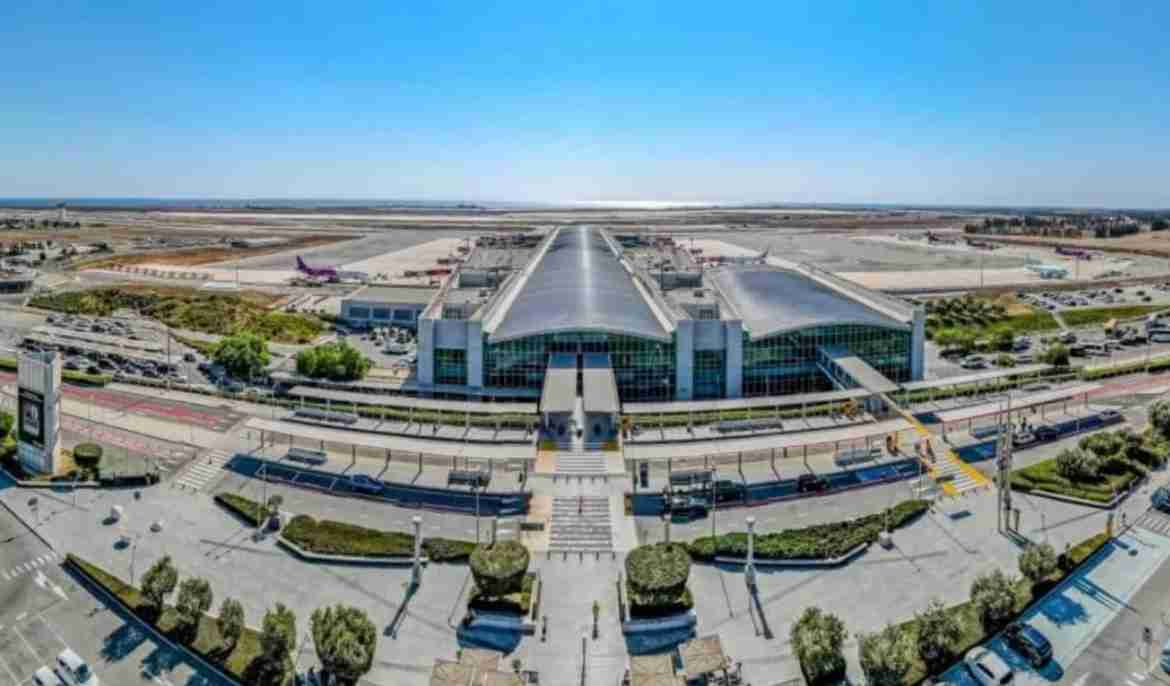A new monthly publication by Hermes Airports, Flight Mode, sheds light on how airlines decide to launch new routes, underlining that behind every added destination lies a complex, data-driven strategy involving demand forecasts, commercial performance and network optimisation.
Hermes Airports, which manages and controls Larnaca and Paphos international airports, noted in the Flight Mode that route planning is the outcome of long-term strategy and short-term operational needs, from fleet composition to aircraft and crew availability, all guided by profitability expectations and growth objectives.
Flight networks are typically scheduled twice a year, six to twelve months in advance, covering the summer (April–October) and winter (November–March) seasons.
According to Hermes, the airline’s business model plays a key role. Full-service carriers such as Aegean, Lufthansa or Emirates usually operate out of central hubs, connecting multiple destinations via stopovers.
In contrast, low-cost carriers like Ryanair, Wizz Air and easyJet run point-to-point direct flights from multiple regional bases, aiming to stimulate demand with low fares and strong branding.
As Flight Mode explains, this distinction has become increasingly blurred in recent years, as low-cost carriers expand to larger airports in capital cities, prompting both models to converge toward hybrid approaches for greater flexibility.
Low-cost carriers now account for more than 40 per cent of total passenger traffic in Europe. Airlines focused on tourism, such as Jet2 and TUI, tailor their routes based on agreements with local hotels, transport providers and destination partners, often integrating flights into full holiday packages.
However, the trend is shifting towards dynamic packaging, giving travellers more choice in combining flights, airlines, hotels and local experiences, placing greater pressure on destinations to stay competitive.
Demand remains the core driver of route selection. Using passenger flow tools, airlines assess the volume and purpose of travel, whether for holidays, visiting friends and relatives, business trips or study. Summer months often see a rise in frequencies or the launch of new routes to meet seasonal demand.
In the case of Cyprus, around 70 per cent of flights are driven by inbound tourism. Other markets, according to Hermes, serve both outbound leisure demand and traffic tied to expatriate communities.
Yet profitability matters just as much as demand. Airlines evaluate routes based on revenue per passenger kilometre, aiming to balance high occupancy with yield.
Long-haul routes, including those to Cyprus, are more demanding in terms of fuel, crew hours and aircraft time, which is why operational efficiency must be offset by strong performance or targeted incentives.
For low-cost or hybrid airlines, the priority is clear. ‘Keep planes full’. If demand fails to materialise, fares are lowered to unsustainable levels, often leading to the suspension of a route.
In contrast, destinations that can demonstrate year-round appeal and off-season traffic have an edge in attracting long-term airline investment.
Airport constraints also factor in. Popular hubs like Heathrow and Schiphol operate on a slot system, limiting flight additions.
Cyprus, by contrast, offers slot-free flexibility at both Larnaca and Paphos airports, an advantage Hermes is keen to promote.
For non-EU destinations, bilateral air service agreements are a prerequisite, as flight rights must be secured before a route can launch.
Critically, as Hermes emphasises, a new route typically requires up to three years to reach its full potential. During this time, airlines may invest heavily in promotional offers, brand awareness and strategic partnerships to grow demand and mature the market.
As Flight Mode puts it, launching a new route “is not just a connection on the map, but a business decision with a long-term perspective”, one guided by data, market analysis, and the continuous push to stay competitive in a fast-evolving industry.



